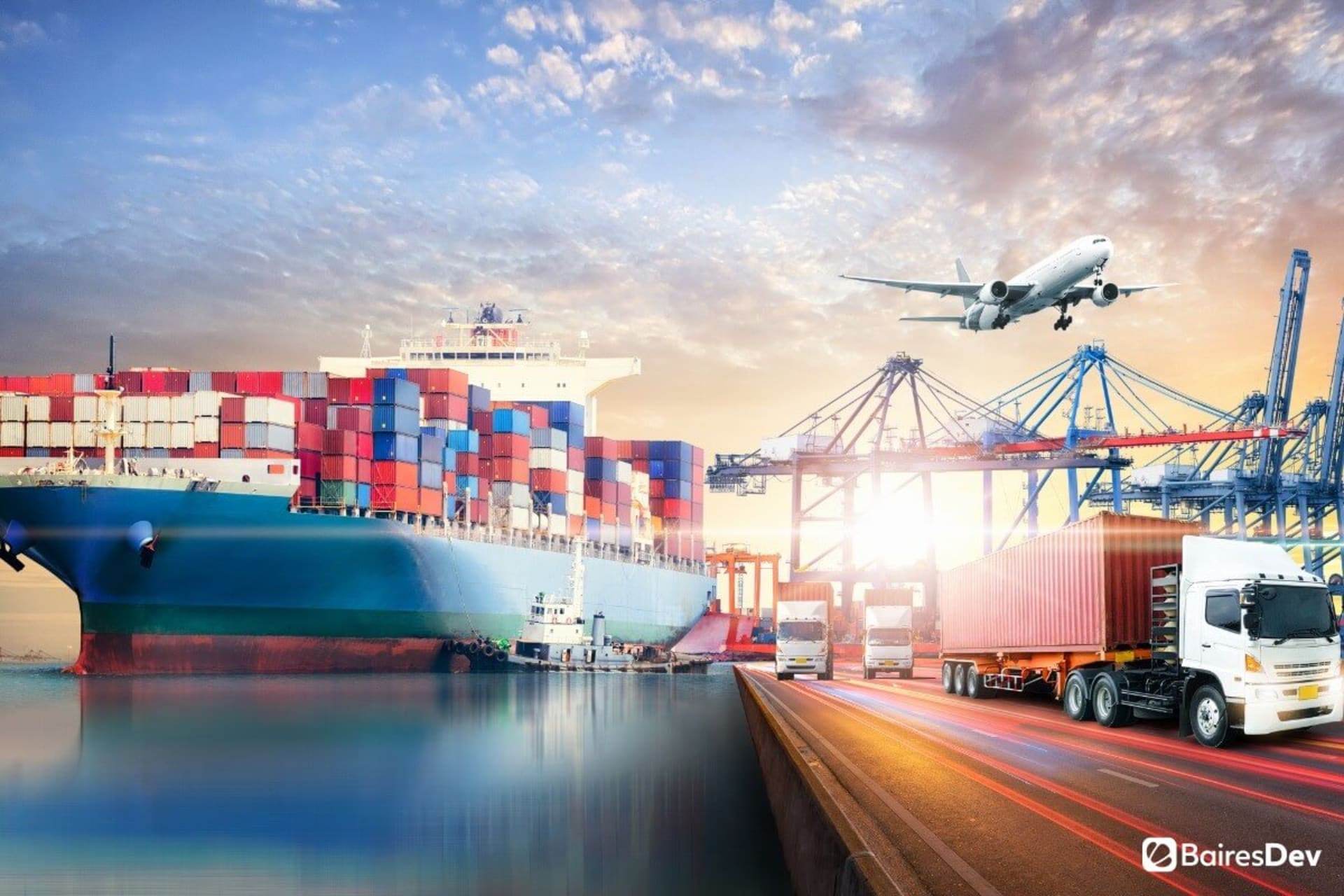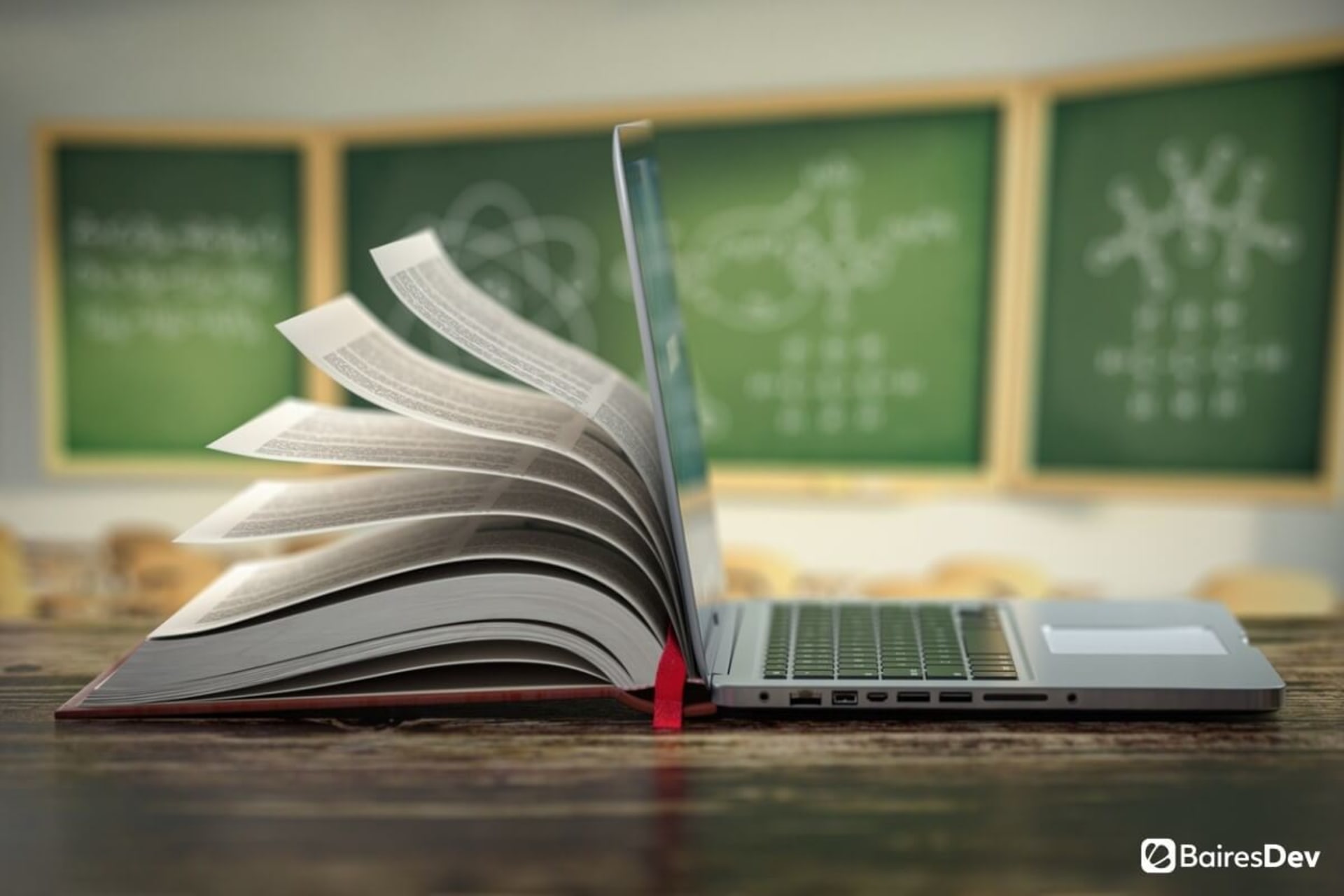In the first months of 2021, a 400-meter-long container ship was buffeted by strong winds and ended up wedged across the waterway of the Suez canal with its bow and stern stuck in the banks. This event was known as the Suez canal blockage, and it caused one of the greatest disruptions of marine transportation in recorded history.
The aftershock of the event could be felt all across the world because, as it turns out, 12% of the globe’s trading goes through the canal. On average, the blockage caused 400 million dollars in losses per hour. It was a rude awakening call for the world as we realized just how fragile our supply chains truly are.
When Machine Learning Fails
It was also a rude awakening for AI enthusiasts. The shipping industry has been adopting machine learning and automation to predict shipping routes, port schedules, and overall optimization. Unfortunately, it wasn’t enough to avoid the disaster.
Don’t get me wrong, machine learning is extremely powerful, but it has its flaws. A model is only as good as the data used to train it, so the more a situation deviates from the norm the less the model can accurately predict it.
The Suez blockage and the COVID-19 pandemic are the kinds of events that are anathema to machine learning and data scientists. As fringe events, they are, by definition, things that can be scarcely predicted by looking at day-to-day behavior. It’s incredibly hard to predict the unpredictable.
When this kind of disaster happens things might return to normal sooner or later, in which case the event is treated like anomalous data and discarded. However, if the situation becomes the new norm, then the models won’t be useful anymore, so it’s back to gathering data and training new models.
The lesson here is that machine learning can’t stand on its own as the sole solution to supply chains and worldwide distribution. We have to broaden our scopes and seek other strategies that will prepare us for the next disaster.
Digital Twins
Back when the COVID-19 pandemic was still in its early stages, researchers were desperately searching for ways to predict infection patterns, and many turned to one of the least likely sources of inspiration: video games.
First was what came to be known as the “The Blood Plague incident” in the massively multiplayer online game World of Warcraft. In summary, a bug unleashed a virtual pandemic in the game servers in 2005. This led to players reacting to this fictional pandemic in much the same way real people would react to a real pandemic.
The second case was from a popular mobile game called Plague Inc. in which the player controls a disease with the sole objective of spreading and causing the mass annihilation of humanity. The model underlying the game was so good that the developers got invited to give a speech at the CDC in 2013.
These are both examples of the kind of experiments we can run with digital twins. The term isn’t exactly new, as it has been in use since at least the 1960s. But what is new is that it has become a trend that’s being used in all manners of industries including retail, automotive, public services, and, yes, logistics.
In fact, Forbes touted it as one of the most transformative trends in the modern market. But what is a Digital Twin? Imagine a virtual replica of an object or a process that reacts and adapts to new situations in the same way the real thing would.
Imagine you have a retail store and we create an exact replica of it with the help of digital cameras, IoT, and big data. Whenever a client enters the store, the replica creates a new client, whenever someone asks a salesperson a question, we simulate that interaction, and so on.
If it sounds similar to a simulation, it’s because it is, with a small caveat: simulations only predict how things will be. Digital twins, on the other hand, inform us of how things are and make predictions based on that information.
Imagine an IoT warehouse that is dynamically creating virtual replicas of itself, replicas that a software engineer could use to run corner case scenarios and create simulated realities based on current data.
Much like how philosophers tackle some of the hardest questions using mental images and fictional scenarios, digital twins are a way to explore what-ifs without having to risk assets.
In the case of supply chain administration, real-time and historic data can help managers make better decisions about replenishing goods and readjust the distribution of products throughout a network. Additionally, virtual scenarios can help them prepare and adapt to crises as soon as they happen.
It’s important to notice that digital twins are born from data but they also produce data. As such, they can be used to train AIs, who can run thousands upon thousands of models, altering the variables each time to predict possible outcomes.
Digital Twins: Looking Beyond the Crisis
A proactive, data-driven approach to disruption and crisis can significantly mitigate their impact on any business. When run through an AI platform, real-time data about inventory, demand, projections, alternate supplies, alternate routes, and delivery methods can help companies create contingency plans.
But digital twins can be used for more than contingency plans and emergencies. A logistics software development company can utilize digital twins to continuously improve performance in warehouses and dispatch centers, as well as in transportation, by identifying comprehensive data and mixing real-time models with historical data.
Instead of running corner case scenarios, we can simulate changes to our live operations and test and evaluate the outcome before they are implemented in real life. It’s a way to minimize risks when we are planning to update our processes.
With the help of digital twins in combination with AI, an intelligent model for the supply chain could emerge. This would translate to the simultaneous availability of information for all partners, increasing the transparency of their supply chains.
In summary, digital twins are an exciting new approach to logistics, and with the advent of massive data transmission rates of technologies like 5G and the introduction of more refined forms of IoT solutions, it seems like more realistic digital replicas are in the pipeline.
If you enjoyed this, be sure to check out our other AI articles.







